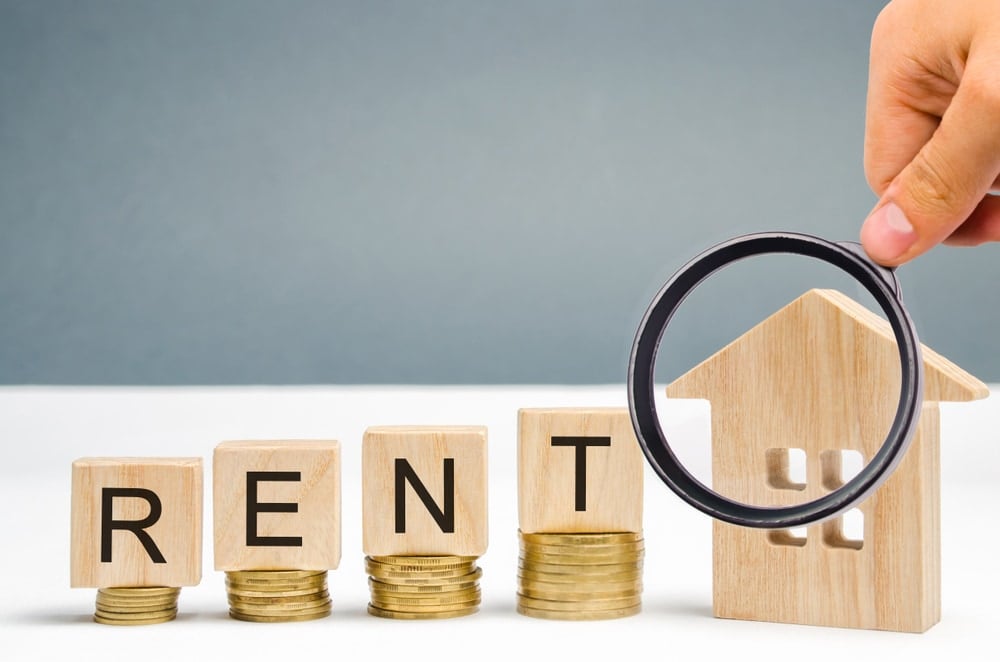Richard Mattison, director of pensions administrator, Whitehall Group, explains benefit of paying rent to your own retirement fund and the significant tax saving.
One of the best ways to demonstrate the appeal of purchasing commercial property with a pension scheme is by a real-life example and we can do so by telling the story of our own property purchase.
Our pension scheme is a small self-administered pension scheme or SSAS for short. SSASs are sometimes regarded as niche products, but they have been around for over 50 years and are regulated by The Pensions Regulator and abide by HMRC rules. Our business has two owner-directors united by a common investment strategy and using a SSAS is both simpler and cheaper than a SIPP: one product, one transaction, one fee and the ability to pool funds rather than use two segregated ‘pots’. A SSAS does of course enable other features should we wish to use them in the future (e.g. to make loans, purchase private equity, invest in non-standard assets and to structure a family pension scheme).
Our goal was to purchase commercial premises to be occupied by our business with the objective of paying rent to ourselves rather than an external landlord and to build up our retirement funds through rental income and capital growth from the value of the property.
As luck would have it, a 19th century stone office building was advertised for sale in the pretty mill town of Ramsbottom, only four miles from our existing office. With a double shop front on the high-street and some parking at the rear, the location was perfect. The only drawback was that the property was in a poor state of repair and required significant refurbishment.
We took the bold decision to take the plunge and we made our offer. After some negotiation a price of £435,000 was agreed and the transaction was completed in March 2022. At that time our existing SSAS fund was worth £310,000 and was all held as cash. We therefore maximised our company pension contributions utilising carry-forward and paid a further £202,000 to provide the required funding together with funds to begin the refurbishment. Although VAT did not apply to the property on purchase, we decided to register it for VAT, as advised by our accountant, in order to reclaim VAT on the refurbishment expenses.
The property was stripped back to its original stone structure, the roof was replaced, the floors strengthened and new utilities, kitchens, toilets and IT cabling were installed. This was a significant project that required additional funding. We therefore paid maximum company contributions of £40,000 each in April 2022 and £60,000 each in April 2023.
The refurbishment was completed in November 2023 and the property was then re-valued by a surveyor at £500,000 (a slightly disappointing figure, but commercial property values had been declining since we bought the property in March 2022) with rental of £32,000 pa. The lease was completed between the SSAS and the company and the company took occupancy at the end of November 2023 and began paying rent immediately.
After a lengthy project, we had achieved our aim. It is therefore worthwhile summarising the financial arrangements and highlighting the tax-savings we achieved and will continue to achieve over the next five years:-
| Expense | Cost (£) | Tax Reclaimable/Saving | Tax Saved
|
| Initial SSAS fund | £310,000 | Previously granted | £0.00 |
| Company Contributions | £202,000 | Corporation Tax 19% | £38,380.00 |
| Company Contributions | £80,000 | Corporation Tax 19% | £15,200.00 |
| Company Contributions | £120,000 | Corporation Tax 25% | £30,000.00 |
| Refurbishment Expenses | £257,500 | VAT 20% | £42,370.00 |
| Capital Gain in value | £65,000 | Corporation Tax 25% | £16,250.00 |
| Rental income 5 years | £160,000 | Corporation Tax 25% | £40,000.00 |
| Total Tax Saved | £182,200.00 |
After five years, assuming there is no additional capital growth in the property value, no investment return on the rental income and ongoing costs of £1,500 pa, the fund will be worth £652,500. This will give an entitlement to a 25% tax-free lump sum on retirement of £163,125. If higher rate income tax at 33.75% had been payable on this as a dividend withdrawal from the business, tax of £55,055 would have been payable.
Overall, assuming we decide to withdraw retirement benefits in five years’ time (which is unlikely to be honest), we will have saved total tax of £237,255. This also assumes no return on our pension fund other than rental income (which is also unlikely).
We hope that this clearly shows the benefits of purchasing commercial property by using pension funds. If you add to this the fact that on death the pension fund can be inherited by nominated beneficiaries free of Inheritance Tax and if, in the meantime, the worst happens and the business fails, the property is protected from creditors, then the power of pensions can really be understood.




